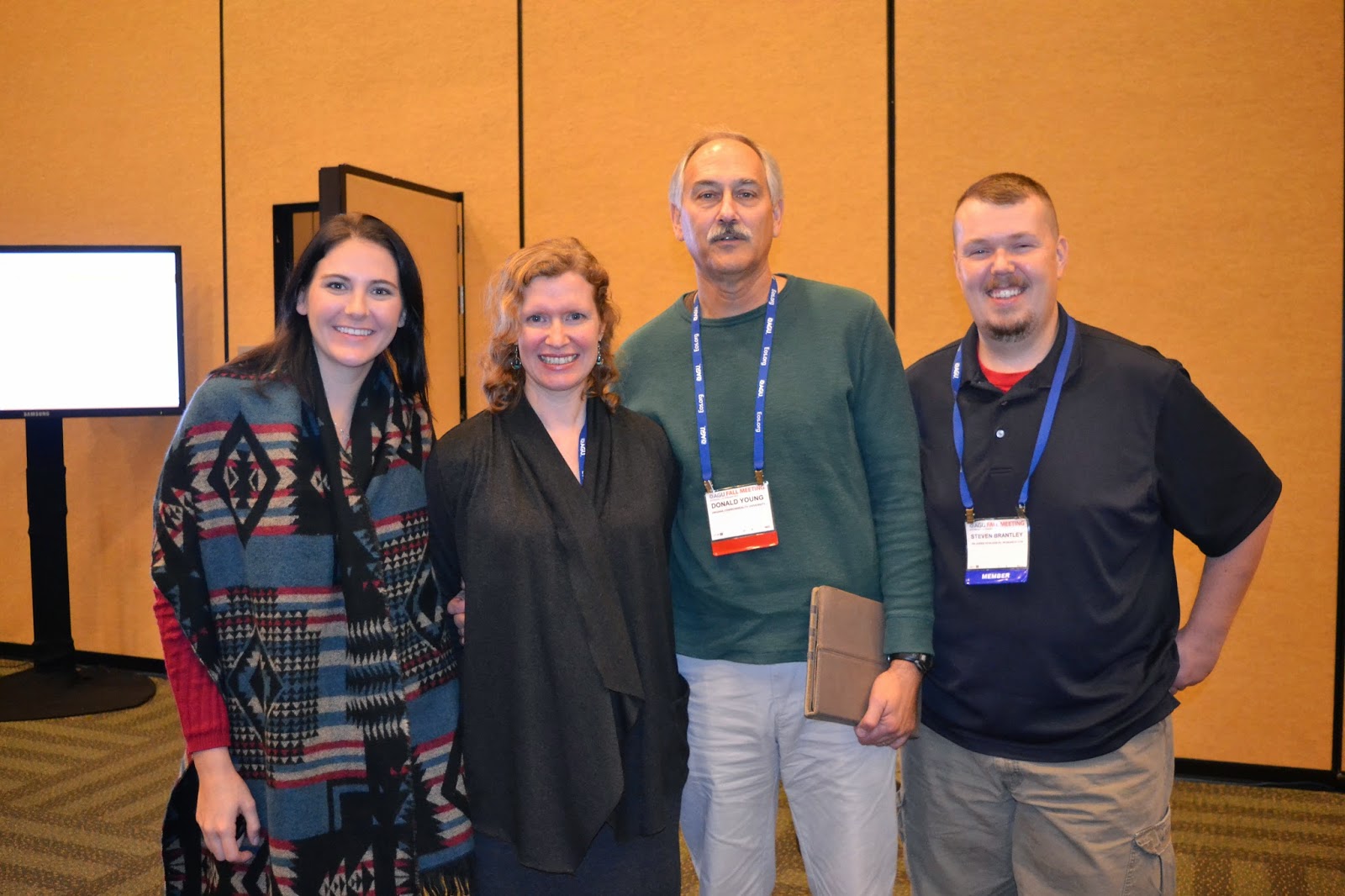 |
Spurred Anoda in Catawba County, NC
Image Date: 9/12//2013 |
Spurred Anoda (
Anoda cristata) is poorly documented in the Carolinas and was listed as "rare" and known only from Mecklenburg Co, NC in the Manual of the Vascular Flora of the Carolinas (Radford, Ahles, Bell, 1964).
The native range of Spurred Anoda is unclear but likely includes the southwestern US, and South America (where it is also considered an agricultural pest). In Mexico, there are numerous references documenting the uses of this species for food and medicine; the plant apparently contains significant amounts of ascorbic acid, retinol, iron, proteins and carbohydrates (see Bautista-Cruz
et al., 2011; Journal of Medicinal Plants Research).
In Virginia, the species has been documented relatively widely in the coastal plain but only rarely in the Piedmont (http://www.vaplantatlas.org). An online search of the South Carolina atlas turned up only a single collection. In NC, the second documented report of the species comes from the northern Mountains, "one of the three adventive species derived from bird seed waste" found growing under a bird feeder near Boone (see Poindexter
et al., 2011; Phytoneuron). I located what appears to be the 3rd known station for the species in NC in the Piedmont region (Catawba County) growing at the margin of a corn field along with a number of other agricultural weeds such as Cocklebur (
Xanthium strumarium), Johnson grass (
Sorghum halepense), Red Morning Glory (
Ipomoea coccinea), and Pigweed (
Amaranthus sp.).
 |
Habitat location for Spurred Anoda in Catawba County along Carolina Thread Trail;
plants were growing at the very edge of the corn crop |
Surprisingly, given the botanical status mentioned above, Spurred Anoda was listed as one of "Ten Most Troublesome Weeds In Cotton" in both NC and SC (see 2005 Proceedings, Southern Weed Science Society, 58). In the Carolinas, i
t is unclear if the species is simply overlooked and under-collected by botanists or remains truly rare in NC & SC. The fact that Spurred Anoda appears to spread from commercial seed mixes is troubling and perhaps doesn't bode well for its future status in the state.

In the field, plants have light bluish/lavendar, 5 petaled flowers with radial symmetry, forming in the axils of leaves. Leaves are widest at the base, sometimes developing three lobes. Fruits, sometimes referred to as hemispheric schizocarps, are flattened, circular, segmented structures. Dense hairs are found on the stems, fruits, and less so on the leaves. This is an annual which apparently spreads well from seed.
























































